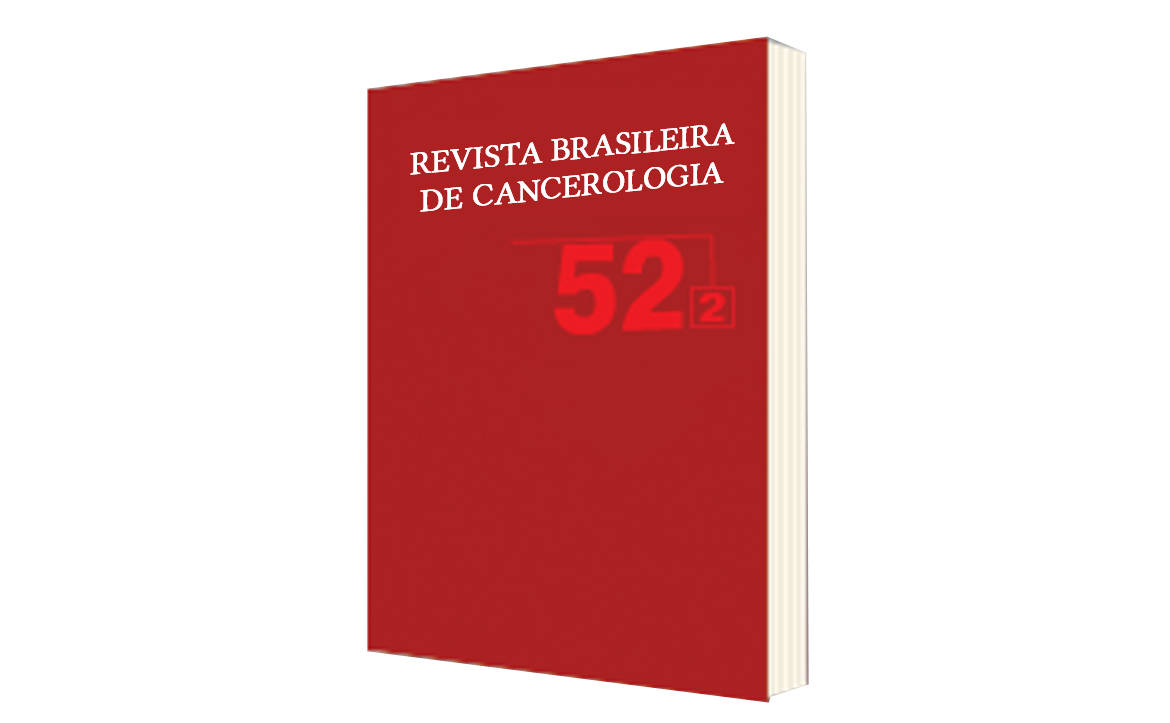Efficacy of Physical Therapy for Male Urinary Incontinence Following Prostate Removal
DOI:
https://doi.org/10.32635/2176-9745.RBC.2006v52n2.1892Keywords:
Prostatectomy, Urinary incontinence, Physical therapyAbstract
Prostate cancer is the most frequently detected malignancy in men in industrialized countries, and radical prostatectomy is the most effective method for treating this cancer. However, the surgery can lead to some complications, including urinary incontinence. The current study reviews the efficacy of physical therapy in the treatment of postprostatectomy urinary incontinence. The study focuses on prostate cancer and its treatment modalities, specifically prostatectomy and possible complications such as urinary incontinence, pathophysiological aspects, and the respective physical therapy approaches: electric stimulation, biofeedback, behavioral training, and pelvic floor exercises. All the authors consulted demonstrated that the above-mentioned approaches can improve urinary symptoms and achieve earlier urinary continence.









